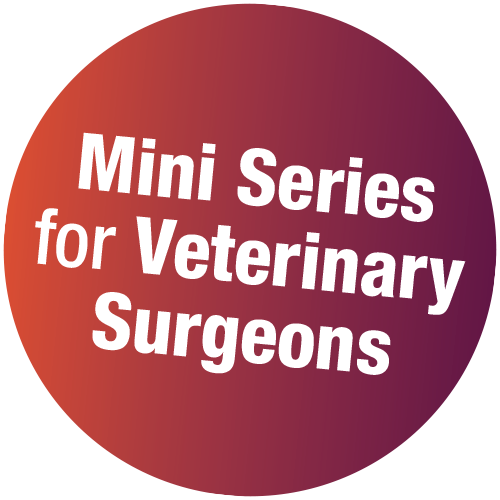MS170 Abdominal Ultrasound Level 2 Mini Series
£447.00 (+VAT)
12 months access to recordings and course materials is included. Please note that these are webinar recordings and not live events. Full details on how to access the Mini Series will be emailed to you.
The delegate will gain a sound understanding of the location and normal appearance of the adrenal glands, pancreas and prostate, which are traditionally regarding as being more difficult to identify on ultrasound. Common diseases of these organs will also be reviewed. The principles of Doppler Ultrasound including the physics and how and when to use Doppler Ultrasound will be discussed in detail and the final session will provide the delegate with an in-depth introduction to the art of hunting for the portosystemic shunt.
- Join Sally Griffin BVSc (hons) CertAVP Dip ECVDI MRCVS for three 2-hour online sessions
- Comprehensive notes to downloaded
- Self-assessment quizzes to ‘release’ your 8 hours CPD certification (don’t worry, you can take them more than once if you don’t quite hit the mark first time)
- A whole year’s access to recorded sessions for reviewing key points
- Superb value for money – learn without travelling
- Watch the recordings on your iPad!
Programme
Session 1
Pancreas, Adrenals & Prostate
What you’ll learn:
- Easy step-by-step guide to locating the pancreas, left and right adrenal glands and the prostate
- Become familiar with the normal appearance of these organs
- Recognise the ultrasonographic features of some of the more common conditions associated with these organs including pancreatitis, adrenal masses and prostatic neoplasia
A guide to Doppler Ultrasound
What you’ll learn:
- Understand the physics of the Doppler Effect
- Learn how to interpret a Doppler spectral display
- Learn how to interpret a Doppler spectral display
- Learn how to use Colour Doppler Ultrasound
Portosystemic shunt evaluation
What you’ll learn:
- Review the basic theory of the different types of portosystemic shunt in dogs including both congenital and acquired portosystemic shunts
- Principles of interpretation of portal vein size and flow with respect to the shunt hunt
- Specific examples of some of the more common types of shunt will be given with the use of both ultrasound and computed tomography
The price includes all 3 sessions, notes and quiz – 8 hours of CPD
*No traffic jams, accommodation hassles, pet or childcare, rota clashes, locum fees ……….. just great CPD and a valuable ongoing resource.
Course Feedback:
“Excellent and very clear presentations, especially concerning shunt hunt.”
“I now understand more about doppler, seeing good images of what I am looking for”



